As promised, here is the first chapter. Just one disclaimer:
These chapter titles might not be in the final draft. They were strictly for my benefit while writing/editing. As mentioned before, I do a lot of editing/revising while I write (one reason it takes me so long). These titles were helpful in organizing and finding stuff. I’m using them now in the sneak preview because blog posts need titles, and they might help the reader know what to look forward to.
I have a handful of titles in mind for the book; but am not sure which one I’ll settle on. For now I’ll call it Paradox.
Enjoy.
It was my retarded dog that indirectly brought me face-to-face with the rest of my life.
She was the only pet I’d ever been allowed to have. We got her from the pound. I learned everything I could about training dogs, but still…
Wait. Let me back up a bit.
I was over at PJ’s house. I was to spend the night there, which meant one of two things: either Mom wanted some privacy with whoever her newest boyfriend was; or my father had contacted her recently, asking her to let me go see him (which meant that he was in between girlfriends long enough to remember the reason for the child support payments). Mom became pretty lenient when she found a new boyfriend, or when she feared my father wanted to be part of my life. On such occasions, she was happy for me to spend the night somewhere else and tell my father, “Sorry. We had other plans.”
PJ was one of the pals I made in grade school. We both liked to make stuff. For a science project, he built a Jacob’s Ladder. I build a crude electric motor in a shoe box. Most of our classmates drew graphs or diagrams, but we liked each other’s projects best. That’s what drew us together.
PJ liked to build “experiments” in his back yard, using plastic buckets, PVC pipe, bungee cords and other stuff. The contraptions reminded me of some of the ridiculously complex traps set by characters in the old, old cartoons. The technical term for an experiment like these was “Rube Goldberg,” but I wouldn’t know that until many years later.
Me and PJ were in his unfenced back yard, building yet another Rube Goldberg contraption, when I noticed a grown-up approaching us with a big, dumb German Shepherd on a leash that had been chewed in half.
My big, dumb German Shepherd. Great—she destroyed yet another leash.
“Is this your dog?” the man asked me.
There were two strange aspects to this. One was that, the way he looked at me while asking the question, he already knew it was my dog, and not PJ’s—even though it was PJ’s house. Two was the familiarity of the man’s hard face not concealed by the shiny sunglasses, and the flat, gutteral voice. And more than that. There was some quality about him that triggered a sensation a lot like deja vu.
The familiarity of his face should have been a bigger deal to me than it was. I had seen my father in person a few times, and this guy bore an uncanny resemblance to him. Only, whereas my father was whipcord thin, this stranger was obviously muscular under his business-casual attire (which was alien to neighborhoods like this). The pyramid-shape of the neck was a dead giveaway for fully-clothed body builders. He had a square jaw and a nose with that pronounced Dick Tracy notch toward the brow that was a family trait on my father’s side; but his was crooked too, like it had been busted at least once. He was a tough-looking SOB.
Behind his sunglasses, his eyes were hidden; but I could feel his gaze when it rested on me.
“It’s my dog,” I confirmed, hoping she hadn’t killed a cat, dug a hole in somebody’s yard, or broke something expensive.
The man reached us and handed me both parts of the leash. I took it, and only then noticed how Ace was straining to get free.
“Her and another neighbor’s dog started chasing each other,” the man said. “They were tearing-ass through every yard in the neighborhood. Gonna break something any minute.”
“I’m sorry,” I said, wondering how I was going to keep her out of trouble if she kept chewing through her leash.
The man pulled something out of his pocket and handed it to me. It was a leash made out of chromed chain, with a vinyl strap for a handle.
“Try tying her up with this,” the man said. “Probably can’t chew through metal.”
She might be dumb enough to try, but I didn’t say that. “Are you sure, Mister? I don’t have any money to pay you for it.”
Ignoring my question, the man squatted to bring his dark shades on a level with my eyes. “What’s your name?”
“Pete Bedauern,” I said, nervously. Usually, when somebody asked my name, it meant I was in trouble, or about to be.
“Well how about that,” the man said, extending his hand for a shake. “We’re related, then.”
“We are?”
“I’m your uncle Si,” he said, rising to stand again, rubbing his knees and grimacing.
“Uncle Si?” My mind churned furiously for a moment as I stood there staring at him. Then it came to me: my father’s younger brother Simon. Somebody had told me he was in a bad accident that put him in a coma.
Just then, PJ’s mom came outside. “Is everything alright out here?”
PJ’s mother wasn’t home all that often. She was a buxom blonde, maybe in her 30s. What I remember about her most was how, when watching TV, she was frequently irritated about statements from a character in a show, and would argue with them as if they could hear her. Then she would lecture PJ and me, angrily, as if we had spoken the dialog that upset her.
Uncle Si’s hard face broke into a grin and he walked toward PJ’s mom, who was standing in the open doorway. “Hello. I’m Si Bedauern.”
Prior to that, it would have been difficult to picture a grin on that hard face. I didn’t recall PJ’s mom ever smiling before, either. But Si’s grin must have looked natural enough to her, because she brightened right up.
I took Ace away to tie her up with the chain leash, happy that the grownups looked like they would keep each other busy for a while so me and PJ could get back to work on the contraption.
Uncle Si talked with PJ’s mom a long time on the back porch. I didn’t notice when they both went inside, but he was sitting at the table when she called us in for supper. We ate pizza and ice cream that night, and PJ’s mom acted the happiest I’d ever seen her—laughing at all Uncle Si’s jokes and fascinated by his every serious statement.
***
I didn’t think much of it when Uncle Si was there at breakfast the next morning, too. He still had the sunglasses on. Grownups did a lot of stuff I didn’t understand and I had learned to mind my own business by that time.
I caught sight of PJ’s mom only once that morning, as she spent most of her time in the bathroom—and she looked rather disheveled. Uncle Si pulled me aside and told me he would take me to school.
The plan had been for me and PJ to take the school bus together, but I had also learned not to argue with grownups. Uncle Si said he would come back, walk Ace to my house and put her in the kennel, so it didn’t seem to be a big deal.
Uncle Si’s car was a late model Corvette. At first glance it didn’t look too much different from other Corvettes on the road. But it was louder than any car I’d ever heard, and I had the feeling it might explode any moment, because the engine was just too powerful for the chassis. Most of the drive I was flattened back against the seat, the muscles of my face pulling at me like I was on one of those spinning carnival rides. I didn’t know a car could navigate those streets so fast, but I decided that, as fast as he drove, it made sense that Uncle Si would have been involved in a car wreck that put him in a coma.
The Corvette came to a stop and that scary engine shut down. I looked out the window and noticed we were not at the school. We were a few blocks away.
“Get out,” Uncle Si said, opening his door. “Let me show you something.”
He got out and walked around the front of the car. I opened my door and got out, not too worried about being late for school because:
1. I hated school, and
2. It was a grownup’s fault if I was late, so this grownup would have to work it out with the other grownups.
Uncle Si faced the building he parked beside, and nodded toward the sign overhead. It read: “The Warrior’s Lair.”
This got my attention. I was kind of a nerd about history, when it came to warriors of various cultures. I did poorly at school, but studied on my own about knights, samurai, Mongols, Cossacks, Turks, Apache, Commanche, and my favorite: the Vikings. They were my favorite for the silliest, most superficial young boy reason: they looked cool wearing horned helmets (which it turned out weren’t historically accurate, anyway).
“What is this?” I asked.
“Come on,” Uncle Si said. He pulled some keys out of his pocket, walked around the corner, and unlocked the door.
I followed him inside. An odor hit my nostrils that reminded me of a gymnasium. He turned on the lights. The walls were covered with mirrors and posters of men in martial arts uniforms. Most of the floor was covered with padded mats, and a roped-off square was in the center. There was also a variety of punching bags, and racks with weapons on them. I saw katanas, wakusashis and nunchukus, along with some others I couldn’t name.
It was the coolest place I’d ever seen.
I had fantasized about learning the martial arts one day, if I could somehow come up with the money for lessons.
“You have keys to this place?” I asked, like an idiot.
“Yup. It’s my place,” he said.
“You teach Karate?”
He pursed his lips. “More like Bushido. As far as the art…well, some Karate, some Kung Fu, some Ken-Po, some Jui-Jitsu, some boxing, some freestyle wrestling…a mixture. I believe it’s gonna be the fighting system of the future.”
“Oh my gosh,” was all I could say, at first.
He gave me a tour of the place, encouraging me to punch and kick some of the bags and dummies. I’m sure my efforts were comical.
“Bushido means ‘way of the warrior’,” I said. “Do you teach people how to fight, and how to live like a warrior?”
He nodded.
“Oh my gosh. How do people get into this school?”
“Why?” he asked. “Is this something that interests you?”
I nearly wore out my neck nodding.
“Maybe I can work out a family discount.”
“I don’t have any money at all,” I said, dejected. “I’m too young to work at a job, and my mom…she’s not gonna pay for something like this.”
Head hanging low, I followed him into an office where he sat behind a desk and I slouched into a chair opposite him.
“You understand there’s a value in services like what I provide here,” he said.
“What do you mean?”
“I mean, nothing in life is free. Everything of value costs somebody something. This building, the equipment in it, the lights, the running water for the bathroom, and the training of my students, for starters—it all costs me something. Either money, or time, or sweat, headaches…all of the above.”
“I know,” I said. But I didn’t really know. No kid my age did. At least not in America.
“That’s why I charge money,” he said. “I have to pay the bills, put food on the table, and maybe pocket a little bit while I’m at it.”
“Okay, okay,” I said. “I can’t come here. I get it.” But maybe some day, if I could just come up with a way to make some money…
“That’s not what I’m saying,” Uncle Si said. “I’m considering letting you come here and take lessons for free. But you have to recognize the value of that gift. You can’t take it for granted, or get lazy, or come at it half-assed. You’d have to take it deadly serious, Sprout. You’d have to give 100%, without whining about how hard it is—because it will be very hard—the hardest thing you’ve ever done up until now. And when you’re sore, and exhausted, and scared of what I’m gonna make you do next, you have to drag yourself back up here and crank it right back up to 100%—day in; day out. It’s gonna be work. And if I see you slacking, taking it for granted, or not taking it seriously, then you’re out. I won’t waste my time with somebody who doesn’t appreciate the value of this gift.”
“I’ll do everything you say, if you teach me,” I said. “Only, I’m not sure my mom—”
“I’ll talk to your mom,” he said, as if my mother was an easy person to deal with. “But this is about you. We’ll see if you’re as dedicated as you think you are after about a week.”
Maybe I was being too cocky. The training sounded tough—maybe too tough for me. What if I started training and then wimped out? I couldn’t bear the thought of disappointing somebody who gave me a chance like this.
As if he could read my mind, Uncle Si pointed at my head and said, “See, I know something about you that you probably don’t know. I know you’re tough enough to make it. I know you’ve got the brains to recognize the value. I know you’re capable of the discipline it will take. What I don’t know is if you’re mature enough yet to apply yourself, long-term. If you can, then you’ll make it. I have no doubt.”
I felt a lump in my throat and pressure behind my eyes. No man had ever told me something like this before. It was a compliment! He couldn’t have dreamed up a more motivating speech with a room full of psychologists.
“Should I take a chance on you?” he asked.
Unable to speak, I simply nodded.
“Okay, Sprout,” he said, rising from behind the desk. “Remember this day. We’ve just altered the course of your life.”
UPDATE: This book is published! Click here to buy on Amazon.
Click here to buy anywhere else.

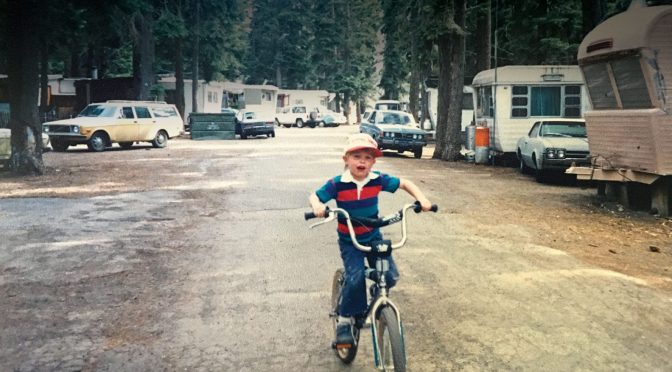
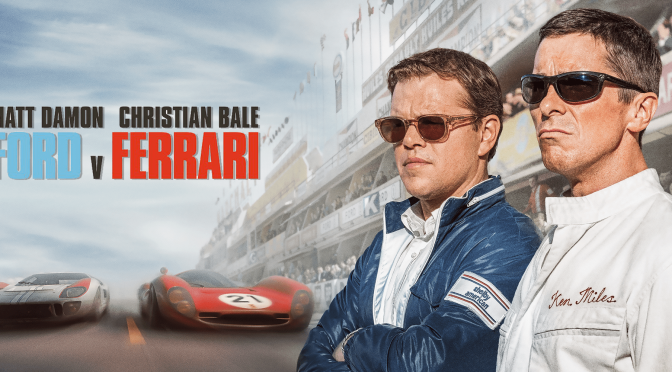
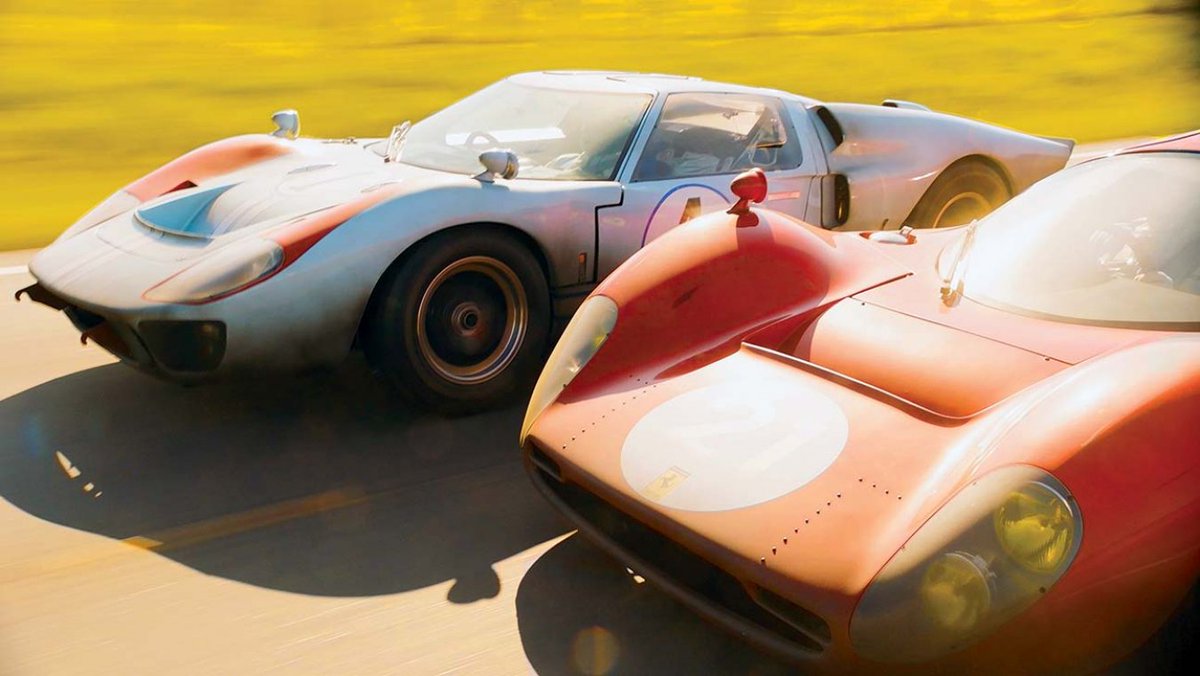
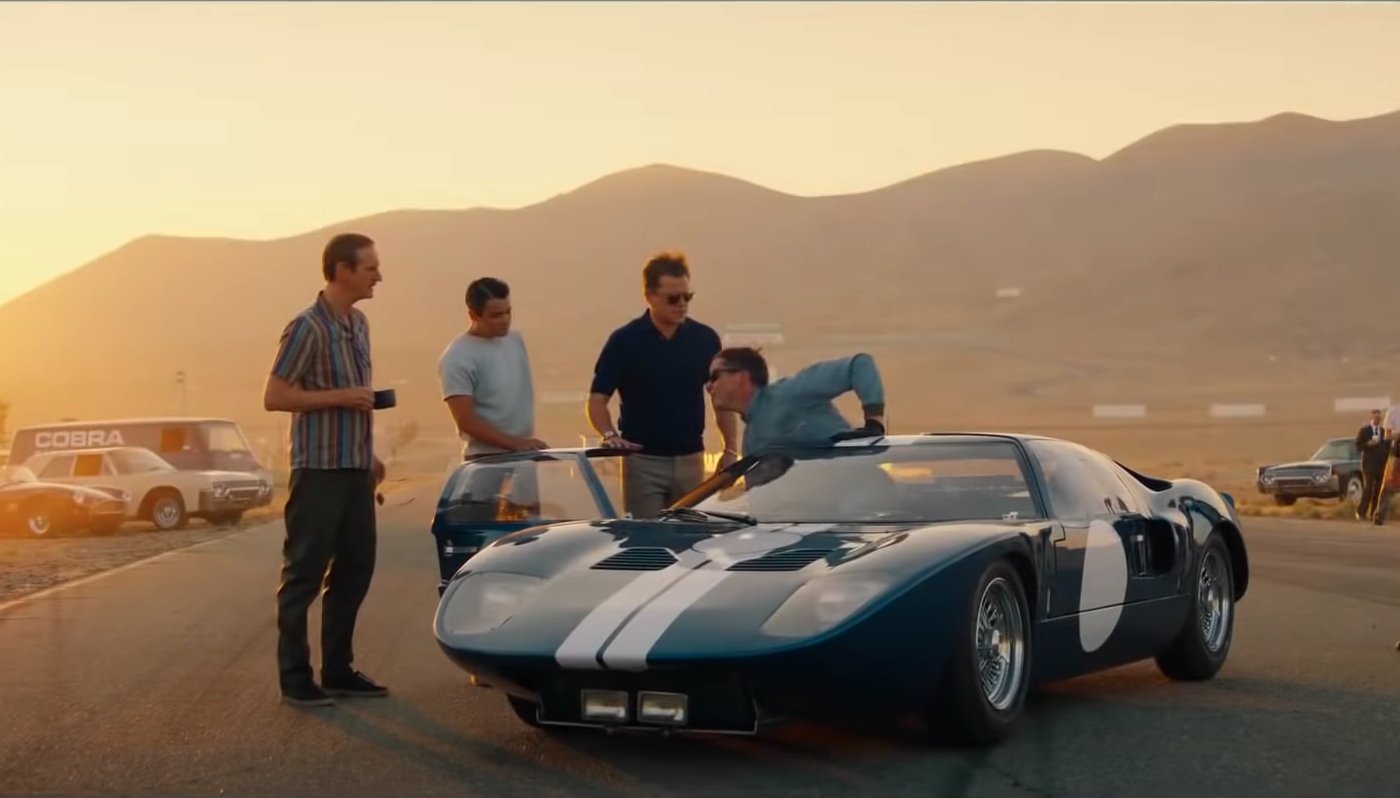
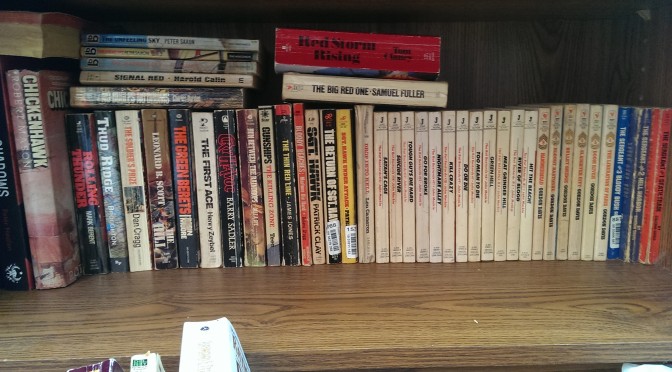









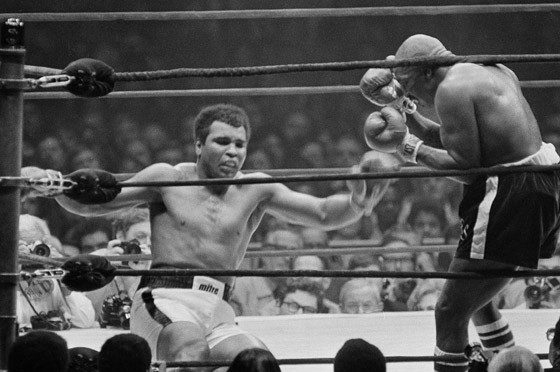
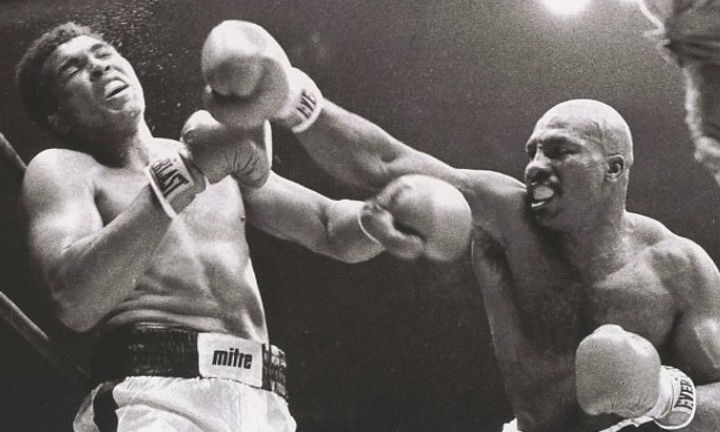
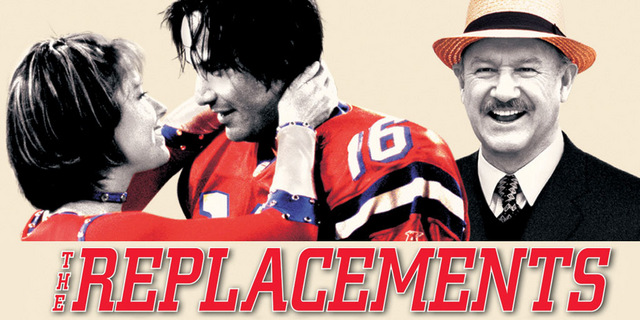

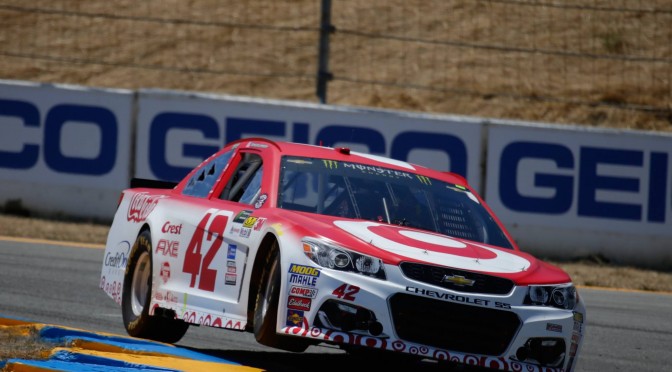
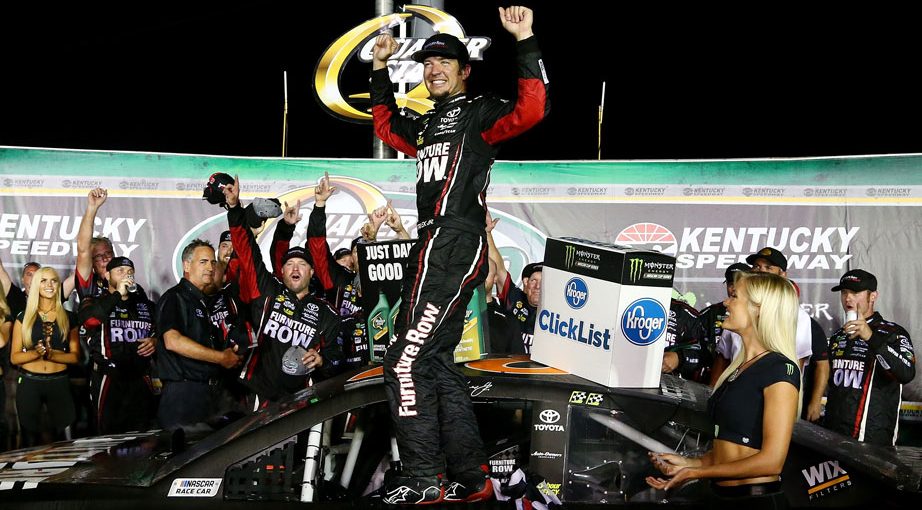
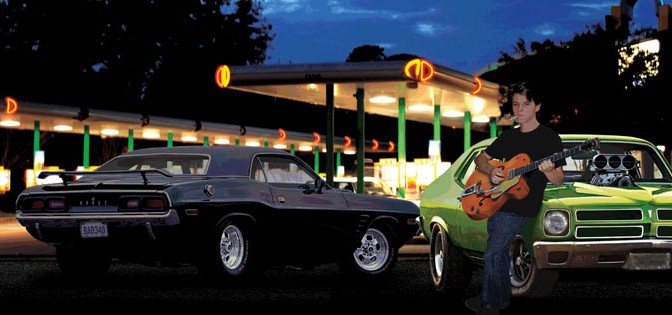
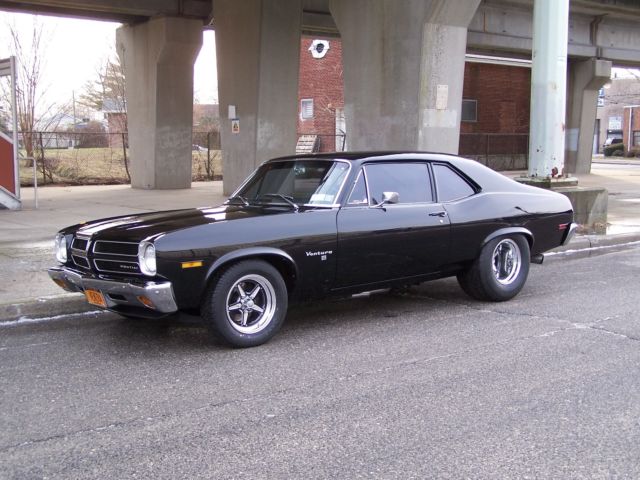
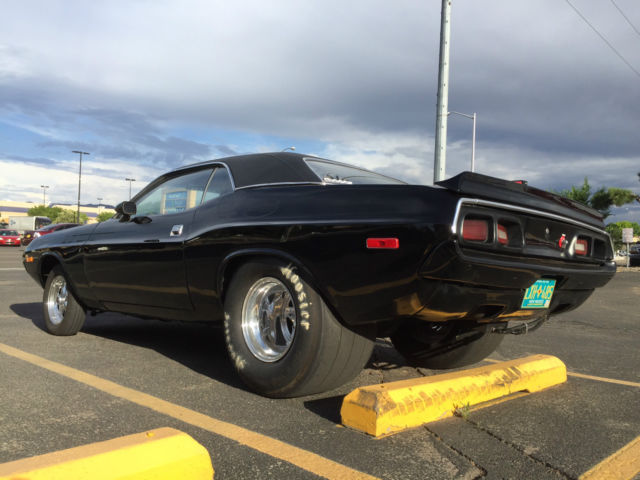
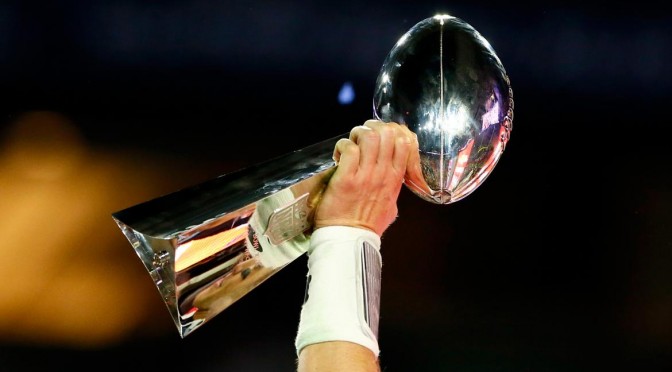
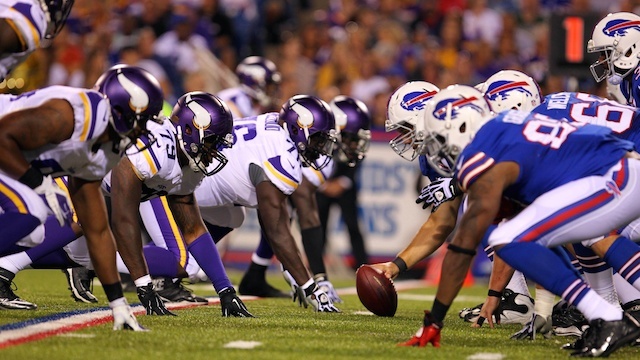
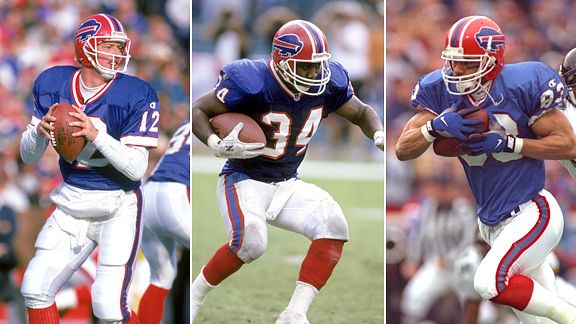
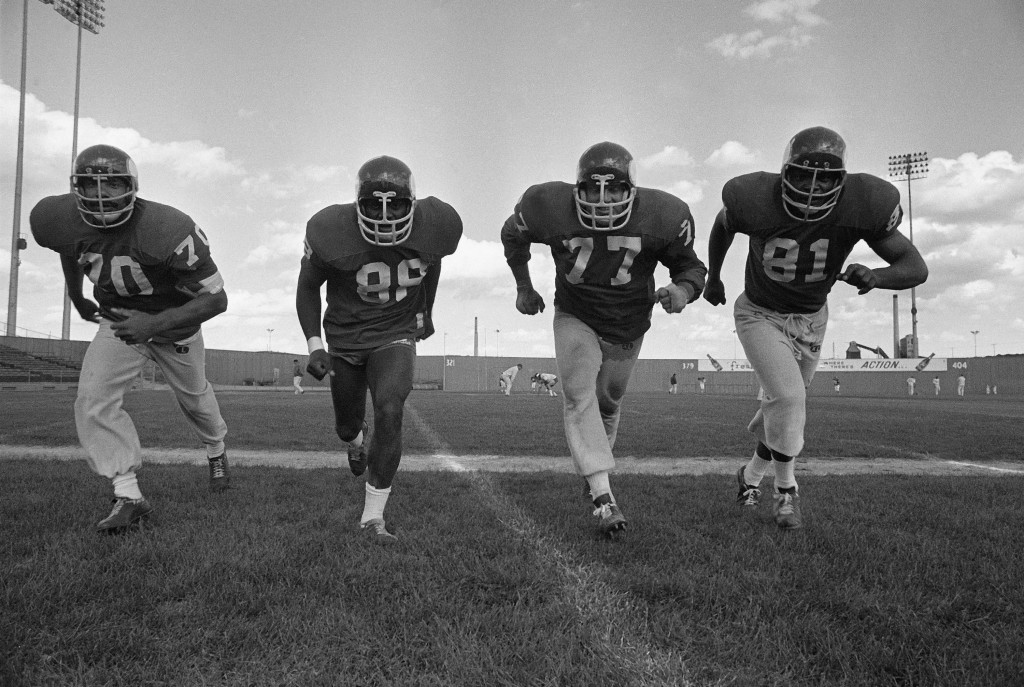
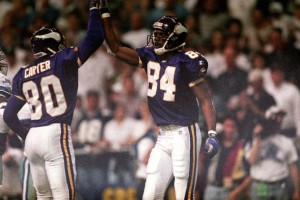
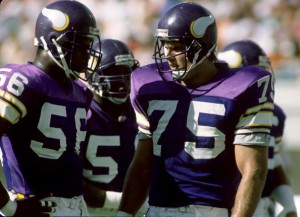
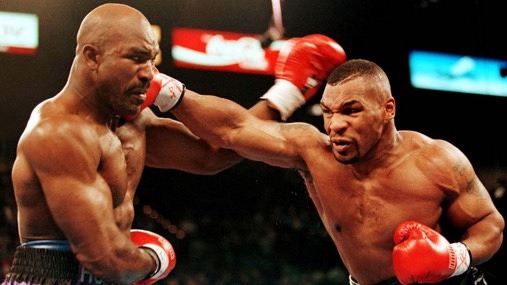
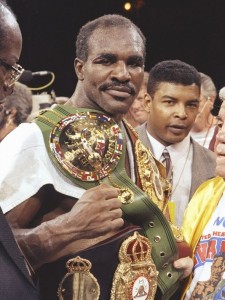
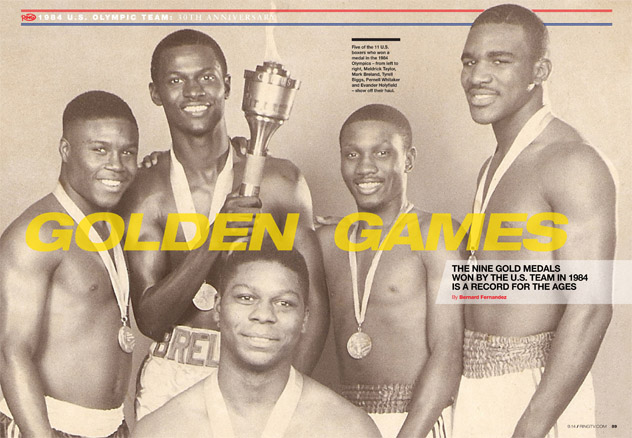
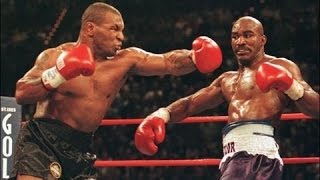 disagree with many assessments offered, and am disappointed that many facts are missing or touched on so briefly as to seem irrelevant.
disagree with many assessments offered, and am disappointed that many facts are missing or touched on so briefly as to seem irrelevant.